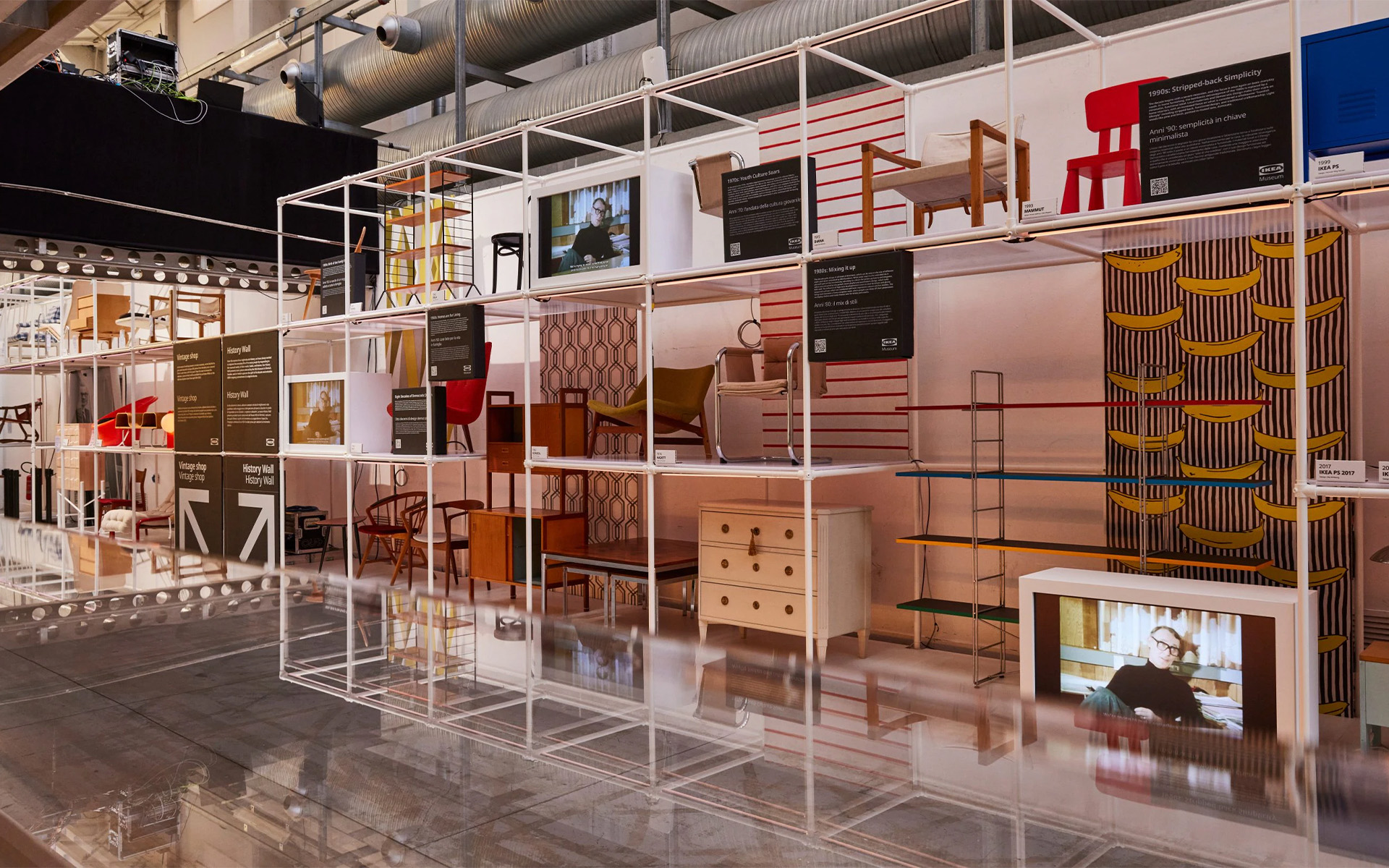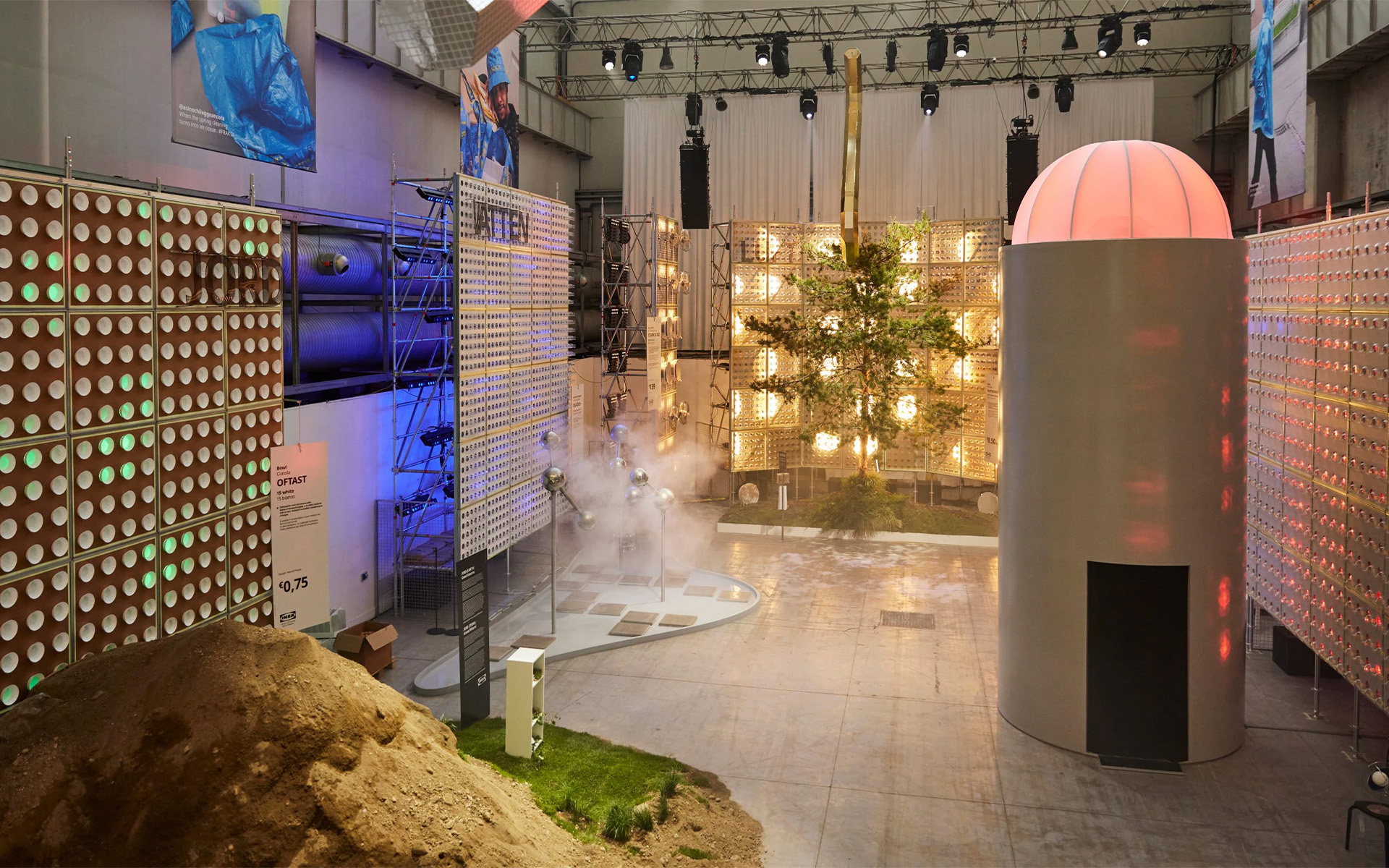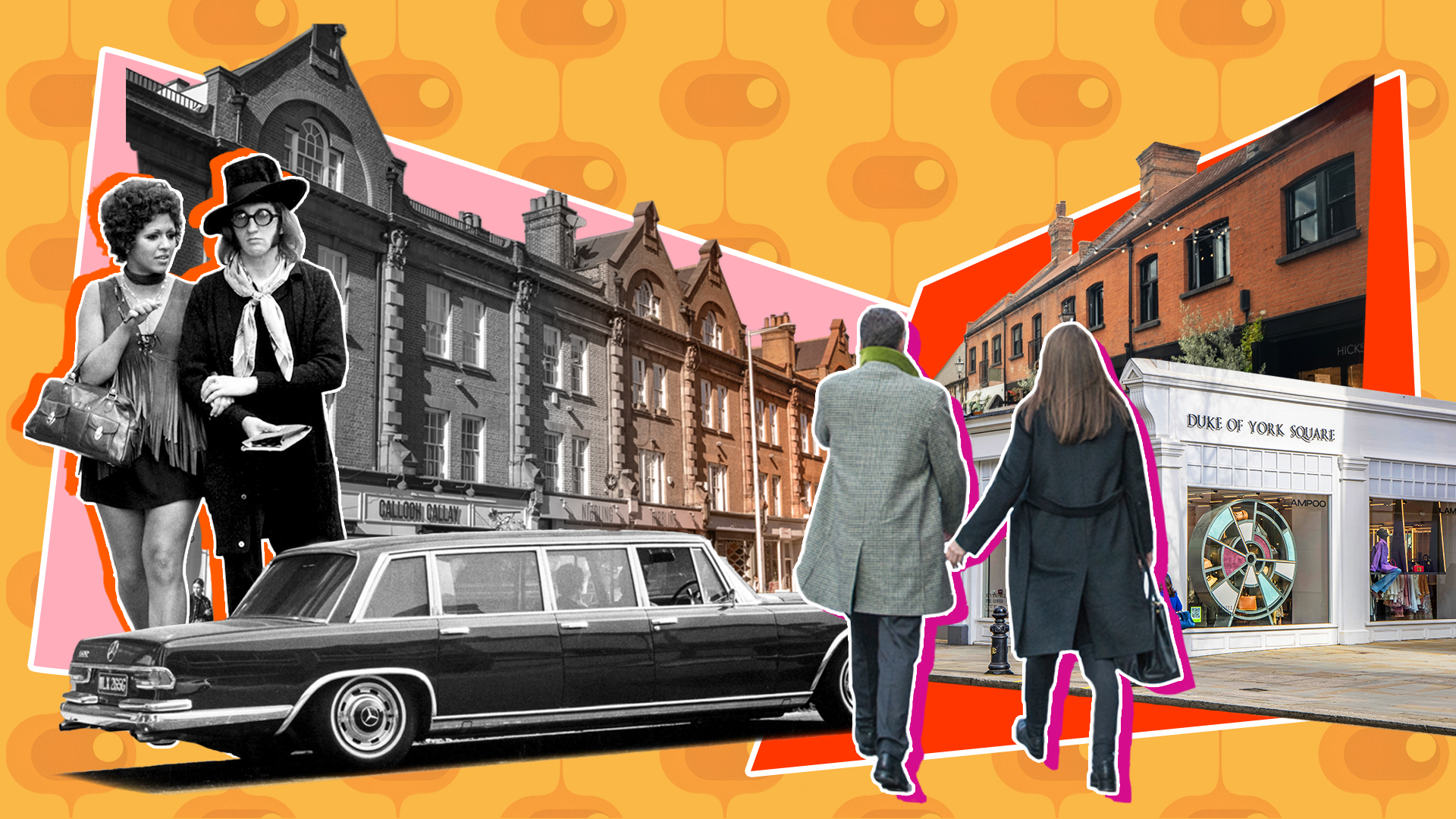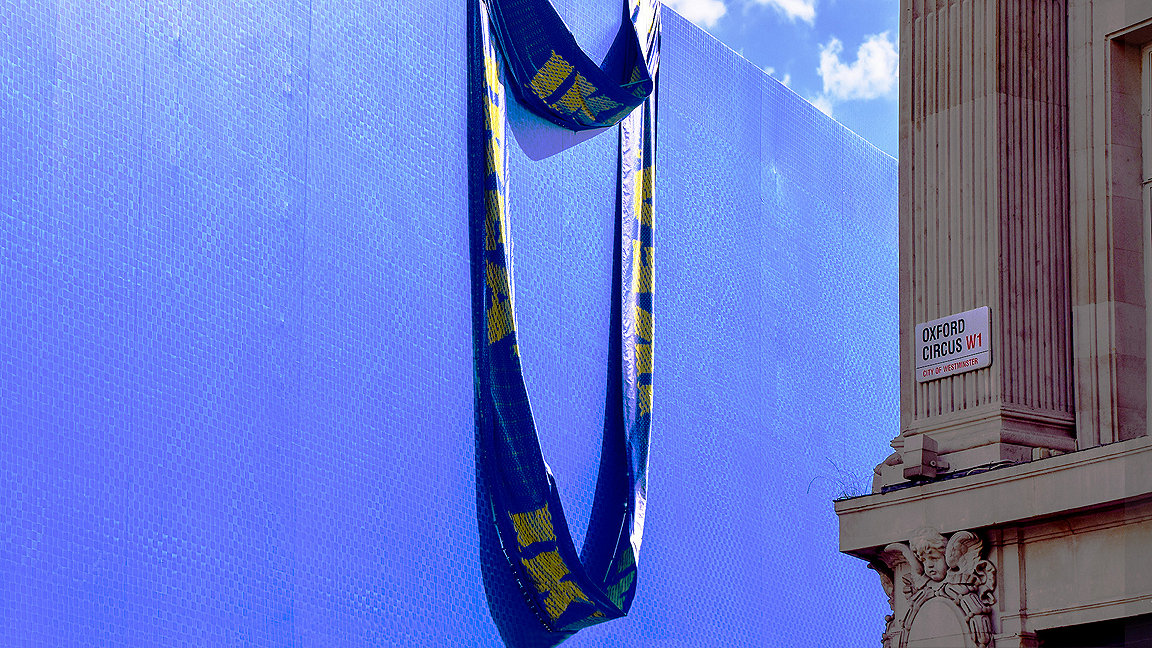
IKEA Oxford street, under construction.
There is a reinvention taking place within the retail industry where high street brands are evolving to become more than just shops selling goods.
As online shopping continues to dominate, and the car is no longer king, retailers are finding new ways to be involved in people’s lives – such as carving out space within their stores for complementary uses, becoming theatres or meeting places.
For asset managers this means a shift in mindset. While landlords must make money as part of a sustainable business proposition, the stakeholders that retail CEOs are now thinking about go beyond customers and shareholders to include the local communities their stores serve.
For a brand such as IKEA, celebrating its 80th year in business, the answer is to use its best asset – space. This includes developing after-retail-hours activities, and elevating IKEA's existing sites by turning them into entertainment venues and collaborative areas to be enjoyed and used by everyone.
During IKEA’s tenure at Milan’s furniture fair in April 2023, the venue transformed into a rave, complete with curated music and synchronised light shows. In August 2021, the first IKEA Family Drive-In Movie Experience was held in Canada at the Vaughan, Ontario store.
And it’s not just IKEA evolving its retail experience. That same summer, Aesop stores around the world, including branches in Los Angeles, New York, Toronto and London replaced a selection of their cosmetics with books by LGBTQ+ authors, given free to shoppers.
The Aesop Queer Library highlighted the necessity of self-expression. “In effect, sacrificing revenue by removing their product to create this incredible connection with the LGBTQ+ community during Pride month to showcase and promote the talented writers,” says Alex Glavas, director of global cross border at Savills.
At Gymshark, the athleisure wear firm has been growing its running club since being established in 2018, with runs taking place in Birmingham and London. These are open to anyone who wants to run 5km “with other members of the Gymshark family.”
International performance road wear brand Rapha has both an online and physical community, with the Rapha Cycling Club. Made up of ‘Chapters’ based out of its worldwide club houses, it states: “Inside you’ll find a retail space stocked with the latest Rapha apparel and a café serving coffee and food.” Artwork is also exhibited and live cycling races are screened.
These are “examples of how retailers are doing other things to connect with consumers on a deeper level,” says Glavas.
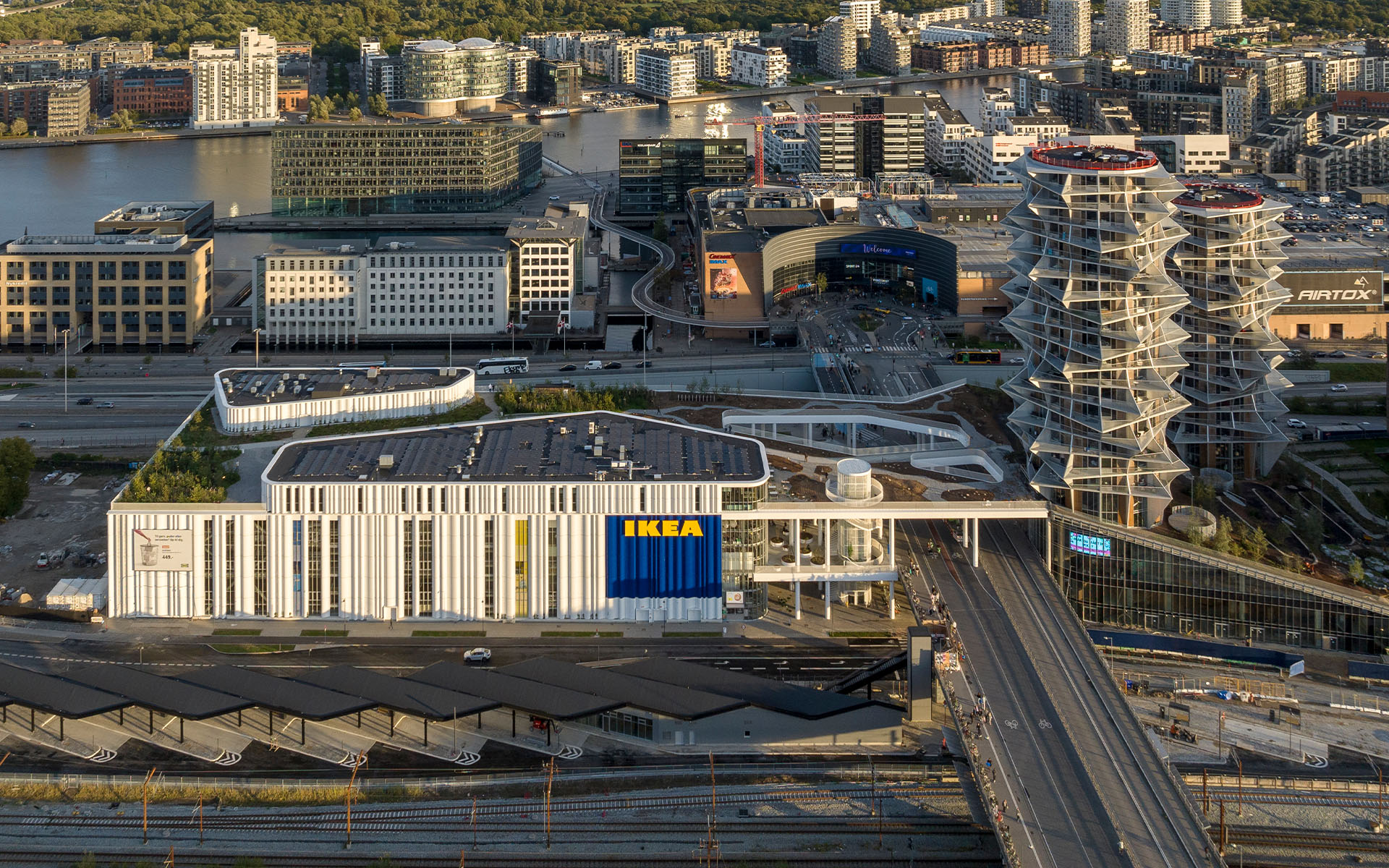
The new IKEA in Copenhagen by achitects Dorte Mandrup includes hundreds of trees, wild urban nature, and new public meeting spaces. Images by Adam Mørk.
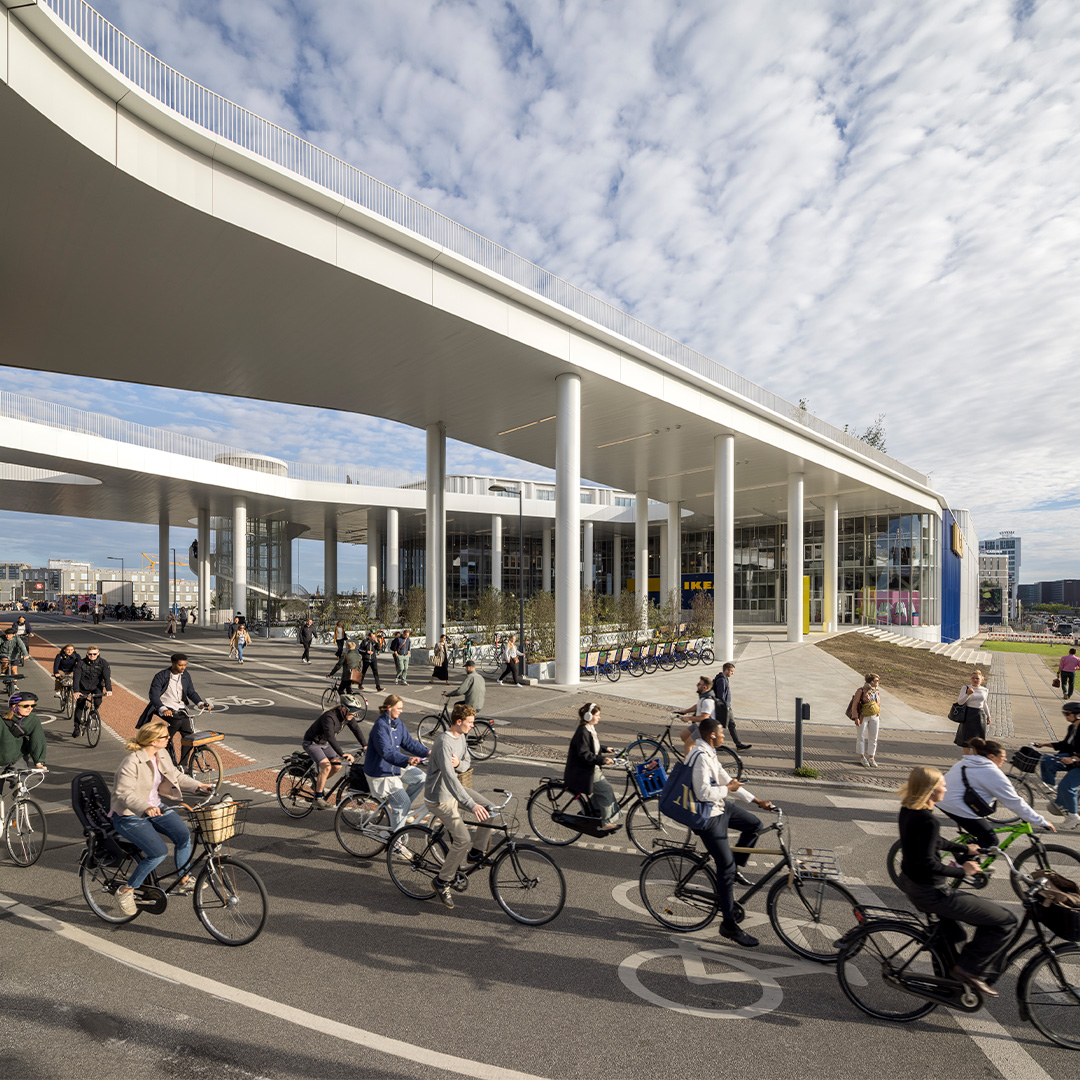
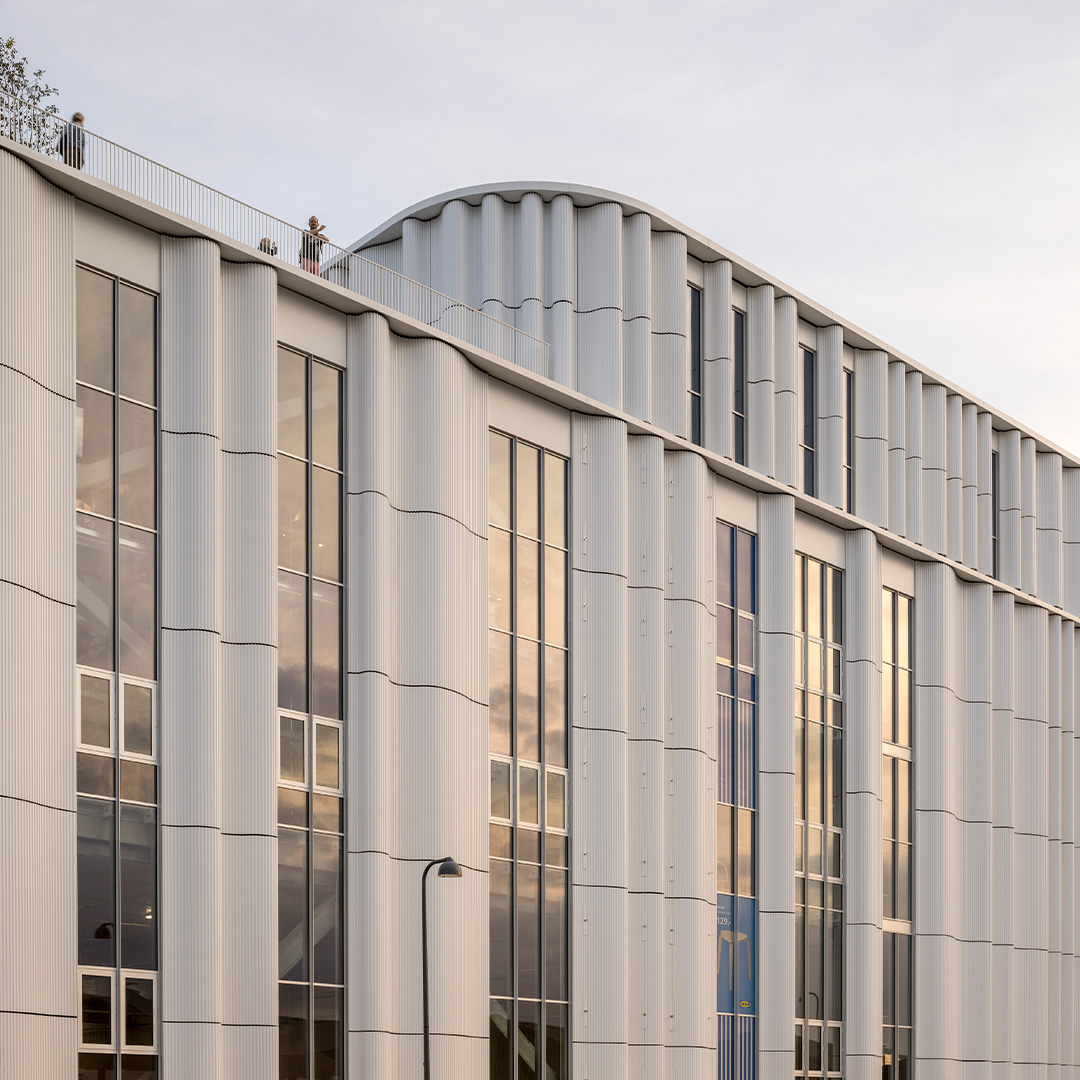
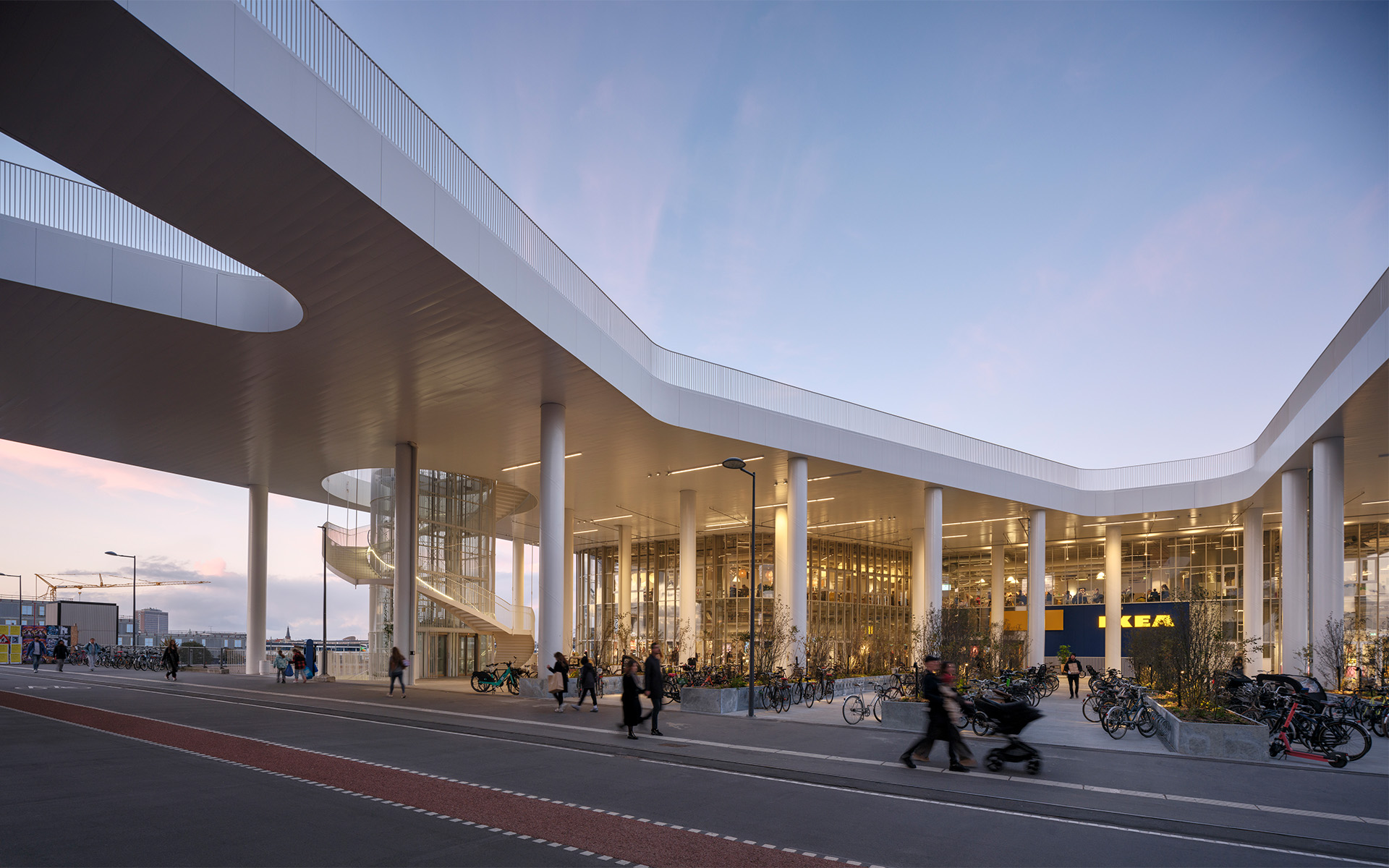
IKEA’s shift in strategy
One of IKEA’s stated aims is to “bring IKEA closer to our customers through a diverse strategy of city centre locations and traditional suburban stores.” It highlights the direction the Swedish furniture giant has been going recently, opening city centre stores to sit alongside out-of-town warehouses as it nabs some prime retail space.
Pursuing a move into urban areas, the chain has revived tired shopping centres and taken over large flagship stores. In October 2021, the former Topshop building 214 Oxford Street was bought by Ingka Investments, the investment arm of Ingka Group (which operates IKEA Retail) for £378m.
“If you’re a new retailer taking a store on Oxford Street, a big consideration is always the high levels of footfall that will be passing by your store,” says Callum White AssocRICS, central London retail at Savills. “Renting a store on Oxford Street is almost like renting a billboard in terms of brand exposure, with the added benefit of selling your product to consumers,” he says.
An empty six-storey mall at 945 Market in San Francisco, was refurbished in August into the Swedish furnisher’s ‘city concept’; IKEA has taken over three floors and the others will be filled with a range of tenants, eateries and retailers.
In November, IKEA’s sister company Ingka Centres announced the purchase of its second UK shopping centre, Churchill Square, in Brighton for £145m – having already bought Kings Mall in Hammersmith in 2020 for £170m. The Hammersmith site is where IKEA chose to debut its ‘Livat’ (Swedish for ‘lively happening’ or ‘bustling gathering’) concept once Kings Mall had been revamped. Livat stores, according to IKEA, “are places that bring people together for unique experiences that go beyond shopping.”
The Hammersmith Livat site has a small-format IKEA store, a bookable ‘pay-by-the-hour’ retail space operated by Sook, a ‘Library of Things’ where customers can rent “useful household items”, sitting alongside H&M, Primark, Lidl and Sainsbury’s.
David Harper FRICS, vice chairman of real estate services firm Newmark, says: "IKEA is adding new life to malls that were in decay.” He adds that IKEA want additional retailers to flourish in these centres to complement, not compete with it. And the fact they purchase the assets shows long-term commitment to the urban centres.
Also impressed by IKEA’s strategy is commercial real estate expert Mark Bourgeois MRICS, interim CEO at the Government Property Agency. He says IKEA are “continually looking to test out what their customers want and particularly the extent to which a city centre format is an important part of their brand offer.”
“Renting a store on Oxford Street is almost like renting a billboard, in terms of brand exposure” Callum White AssocRICS, Savills
Learning from mistakes
New ideas beyond traditional retail are important for innovation but IKEA is not afraid to pull the shutters down if sites aren’t working.
In 2016, it opened IKEA Order and Collection Point in Birmingham city centre at the Hammerson-owned Martineau Galleries, only to close two years later. The site was viewed as an experiment, being on the lower floor of a car park and not prime real estate.
A few hundred yards up from Oxford Street, the IKEA Tottenham Court Road Planning Studio, that specialised in kitchens and bathrooms, closed in October 2021 after four years trading.
Another London site in Tottenham shut last year, with the 608,000ft2 warehouse turned into a 15,000-person capacity music venue called Drumsheds. IKEA said the closure was prompted by a sharp rise in online sales and a need to “strengthen our position.”
But new concept openings keep coming. Hej!Workstation, the coworking space, described as bridging the gap between remote work and traditional office setups, opened in November in the Avion Shopping Park, Bratislava, Slovakia
“It’s really clever marketing,” says Garry Wilding, architect director, BDP. “Everything in there will be related to IKEA – you can go in, sit down, charge your laptop, use an IKEA chair, desk, drink their coffee and eat their food.”
"IKEA is adding new life to malls that were in decay” David Harper FRICS, Newmark
Supporting community initiatives
In many of its global sites, IKEA has set out an aim to be part of the community. “How do we reach out to communities and get them into IKEA? How can we go in there and do more things?” asked Marcus Engman, creative director at Ingka Group, in an interview last year.
While IKEA was able to turn it’s Milan venue into a pumping rave, the ease with which a site can be transformed from its ‘day job’ in retail to a night time attraction is influenced by the store design. “If the change is planned at concept stage, ease of use can be designed into the store,” says retail consultant Ian Scott.
Spaces are also being created within the existing shop floor, creating coffee shops, and libraries. Asset managers need to give retailers the flexibility to express themselves, says Garry Wilding, architect director with BDP. His team designed the new IKEA at Hammersmith and are working on the former Topshop Oxford Street building.
“It is mutually beneficial if it happens,” says Wilding. “For the brands to express themselves, they should be able to connect with their customers and consumers, which will make the asset or development manager’s job easier, as their tenants are working and happy.”
Whether it means facilitating activity groups, runway shows or providing meeting places, senior management must support community initiatives, then empower local staff to deliver them authentically, says Scott. “The communication of these events is critical to receive ongoing support. A one-off event looks more like opportunism. Continued investment suggests the brand means it,” he says.
This is what IKEA has managed to create, says global retail adviser Chris Igwe. Not only are they attractive centres and venues for locals and retailers, but using strategies like talent incubators at Livat Hammersmith – where new designers and creators can showcase their skills and be selected to be present in a store – is a positive move.
Additionally, highlighting the company’s sustainability and eco-friendly strategy elements “plays to the need for human beings to be attached and belonging to something that they believe in,” adds Igwe.
As the evolution of IKEA continues, so too will the retail market as it adapts to ever-evolving tastes, styles and preferences in shopping from consumers.



